Steinway pianos have long held a reputation for their exceptional craftsmanship and rich, resonant sound quality. Built to last generations, these instruments represent not only a significant cultural artifact, but also a valuable asset. One unique aspect of a Steinway piano’s value is its relation to its serial number. This number, imprinted during the craftsmanship process, contains vital information about the piano’s origin, age, and authenticity. Therefore, understanding the significance of the Steinway piano’s serial number becomes essential in assessing its true monetary value.
For Steinway Grand Pianos You Want to Look for This
When inspecting a Steinway Grand Piano, it is important to locate the serial number. The serial number is typically situated on the cast iron plate between the bass and tenor strings, or underneath the piano’s lid on the gold plate. The serial number holds the crucial information needed to unlock the secrets of the piano’s origin and age. Steinway pianos made in Hamburg, Germany, and those made in New York, USA, have different characteristics in sound and design, and knowing the location of manufacture can influence the value. Furthermore, the age of the piano correlates with its value as well. Older Steinway pianos, particularly those built before 1930, often have a higher value due to the preferred craftsmanship techniques and materials used during that time period. However, condition and maintenance also play a crucial role in the valuation. A well-maintained older piano may have more value than a neglected newer one. [1]
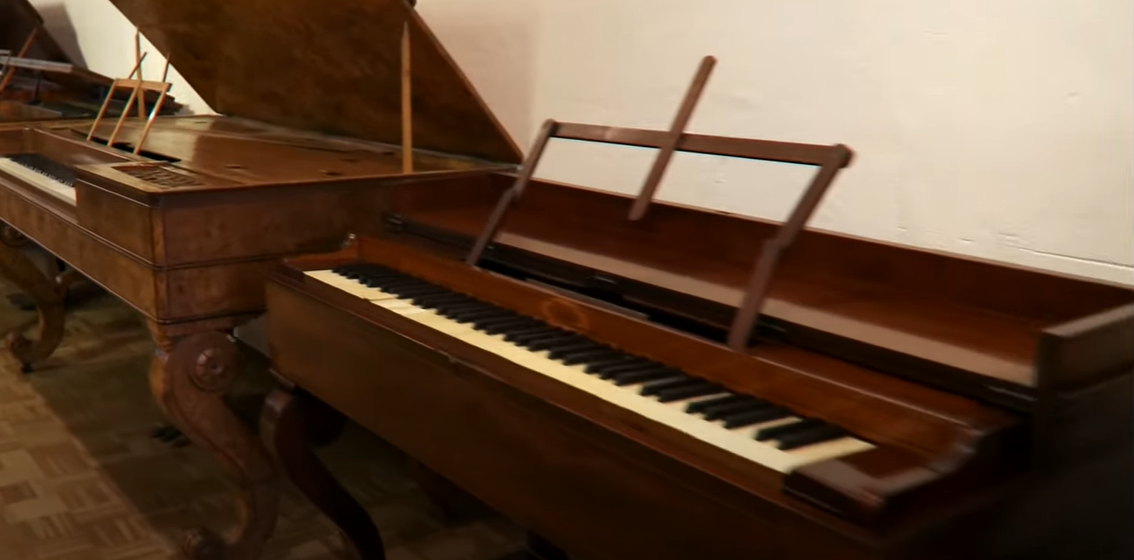
Steinway Serial Numbers
Steinway serial numbers offer a unique glimpse into the history and provenance of each piano. Every Steinway piano manufactured since 1857 is distinguished by its serial number, which enables you to delve into its rich history and authenticate its genuineness.
Find The Serial Number Of The Steinway Piano
To locate the serial number of a Steinway piano, simply lift the top lid of the piano and direct your gaze toward the right-hand side of the cast iron plate, near the tuning pins. The serial number, a five to six-digit number, should be stamped onto the plate. The serial number for grand pianos is usually located near the front of the curve. For upright pianos, the number is usually at the top of the piano above the keyboard. Always remember, the serial number is not the model number. Steinway pianos also have model numbers (like Model B or Model M), but these are not unique and do not provide specific information about the individual piano’s history or value. [2]
Steinway Serial
Interpreting the serial numbers on a Steinway piano can provide substantial insight into the history and value of the instrument. The serial number sequence began with number 100 in 1853, and the company has continued the sequence to the present day. By cross-referencing the serial number with Steinway’s factory records, you can determine the year of manufacture, which influences the piano’s value. For instance, pianos made between 1853 and 1875, known as the ‘craftsman era’, are highly sought after due to their unique sound quality and construction method. Likewise, ‘golden age’ pianos manufactured between 1880 and 1945 are also of significant value due to the use of superior materials and techniques. However, always bear in mind that the condition of the piano and how well it has been maintained are equally, if not more, important in determining its value. [3]
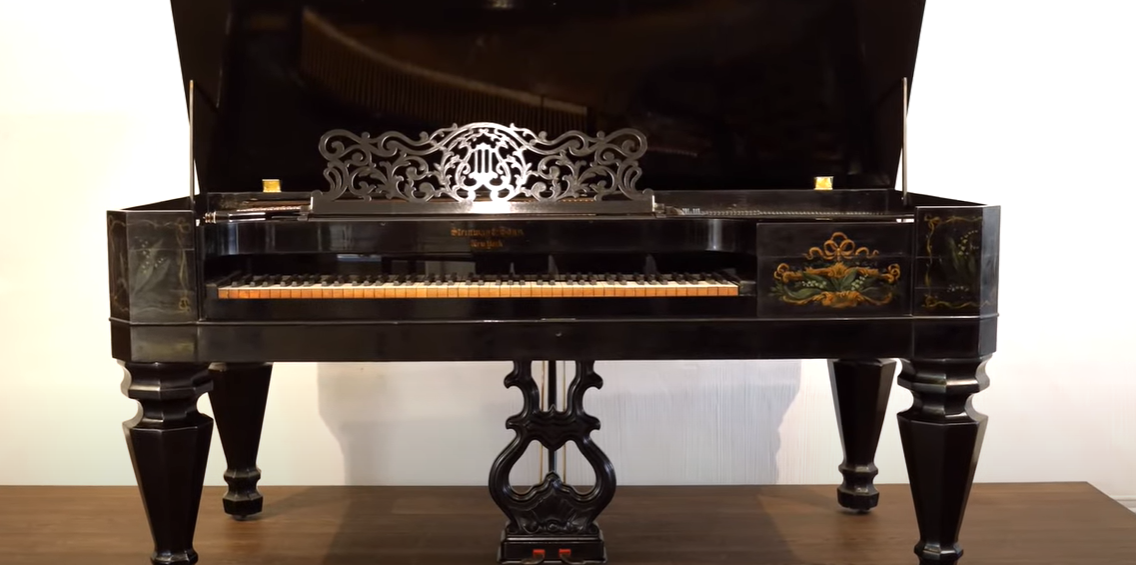
Steinway Serial Numbers By Year Manufactured
The following guide illustrates the correlation between Steinway piano serial numbers and the years they were manufactured. This is an approximation and should be cross-verified with Steinway’s factory records for accurate dating:
- 1856 – 100
- 1860 – 1700
- 1870 – 7300
- 1880 – 30000
- 1890 – 60000
- 1900 – 90000
- 1910 – 145000
- 1920 – 200000
- 1930 – 290000
- 1940 – 320000
- 1950 – 330000
- 1960 – 360000
- 1970 – 410000
- 1980 – 460000
- 1990 – 510000
- 2000 – 560000
- 2010 – 590000
Remember that the serial number is just a starting point when assessing the value of a Steinway piano. The condition, maintenance, and historical significance of the instrument also contribute to its value.
Should I Restore My Steinway & Sons Piano?
Deciding whether to restore your Steinway & Sons piano is a personal decision that requires careful consideration. Restoration can breathe new life into your instrument, enhance its sound quality, and increase its market value. However, it’s essential to balance the potential benefits with the cost and time that restoration requires. If the piano holds sentimental value, or if it’s a vintage model from the ‘craftsman era’ or ‘golden age,’ restoration might be worth it. Conversely, if the instrument is in poor condition or its restoration surpasses its potential market value, it might be best to refrain. Ultimately, consulting with a reputable piano restorer can provide valuable guidance in making this decision. [4]
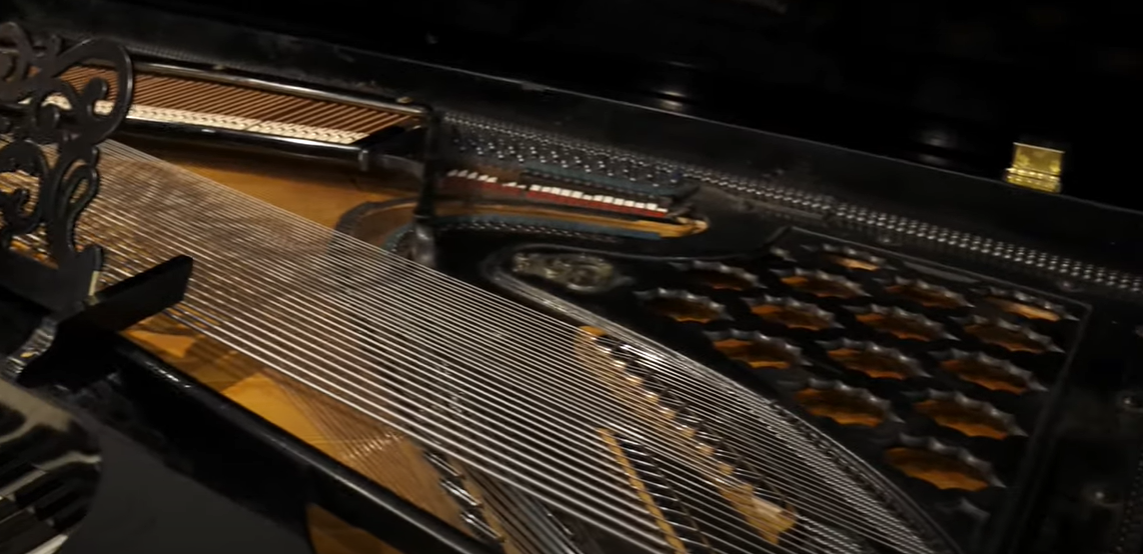
What’s The Age Of My Steinway?
Ascertaining the age of your Steinway piano can be easily accomplished utilizing the serial number. As detailed above, each Steinway piano comes with a unique serial number corresponding to its year of manufacture. You will find this number, consisting of five to six digits, on the cast iron plate of your piano. To ascertain the age of your Steinway piano, you can determine it by cross-referencing the serial number with Steinway’s factory records or utilizing the approximate guide provided. This process enables you to accurately gauge the piano’s vintage and historical significance. Remember, the serial number sequence commenced in 1853 with number 100, so a piano bearing a serial number close to this would belong to the early years of Steinway’s production. On the other hand, a piano bearing a serial number in the range of 590000s would indicate its production occurred around 2010. Accurately determining the age of your Steinway piano is an essential undertaking in comprehending its historical significance and monetary worth.
Steinway & Sons Serial Number Directory
The Steinway & Sons Serial Number Directory provides a comprehensive listing of serial numbers for various models and years of production. This valuable resource can be instrumental in accurately determining the age and potentially the value of your Steinway & Sons piano. Here is a brief overview of how the directory works:
- Unique serial numbers are categorized by year. As an illustration, if your piano bears a serial number in the 30000s, it was probably crafted during the 1880s.
- To determine which cohort your piano belongs to, simply cross-reference its serial number with the directory. This will greatly facilitate your search for the corresponding cohort. This can give you a clearer idea of its age.
- For more detailed information about your piano’s history, consider reaching out to Steinway & Sons directly with your serial number.
Deciphering the directory’s data can seem daunting at first glance, but with a bit of practice, it becomes a straightforward process. This directory serves as an essential tool for any Steinway & Sons piano owner interested in knowing more about their instrument’s history and value. [5]
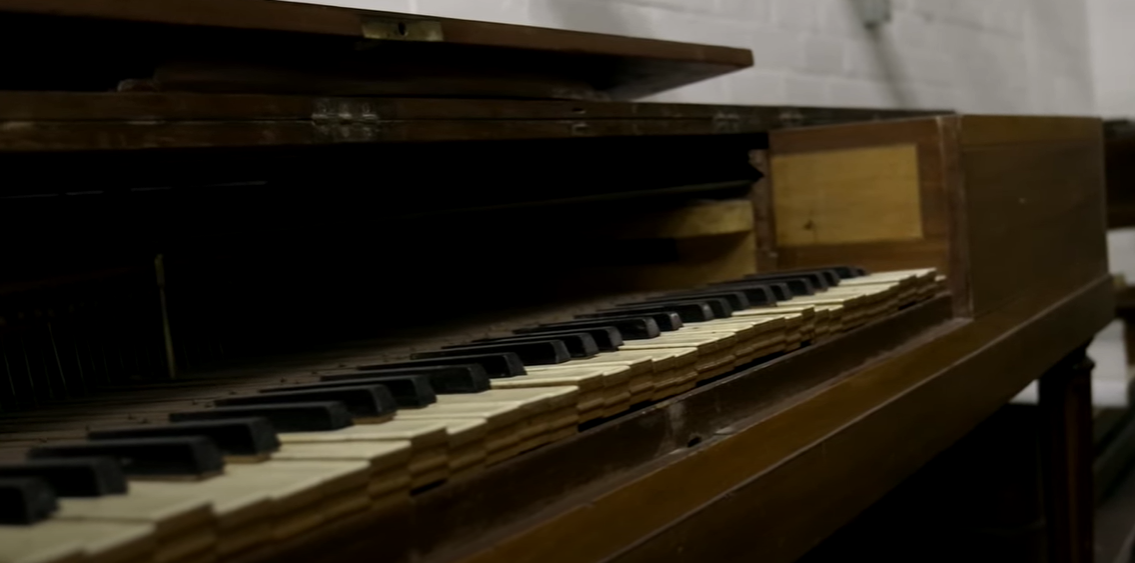
FAQ
How do I tell what year my Steinway piano is?
To determine the year of manufacture for your Steinway piano, simply locate the serial number. The unique identifier for your piano will be engraved on the cast iron plate, conveniently located near the tuning pins. The placement differs between types of pianos. For grand pianos, it is typically found near the front curve, while for upright pianos, it is generally positioned above the keyboard at the top. Once you have this number, cross-reference it with the guide provided above or Steinway’s official factory records. The serial numbers correspond with the year the piano was made. As an example, a piano bearing a serial number in the 30000s indicates its production in the 1880s. By utilizing this feature, you can precisely ascertain the age of your cherished Steinway piano.
How do I read my Steinway serial number?
Reading a Steinway serial number is straightforward. The serial number is a sequence of 5-6 digits imprinted on the cast iron plate of your piano. In grand pianos, it’s typically found near the front of the bend, whereas in upright pianos, it’s usually at the top above the keyboard. The initial digits frequently serve as an indicator of the piano’s manufacturing year. For example, a piano bearing a serial number in the 30000s would indicate its production during the 1880s. To determine the year of manufacture, check the serial number against Steinway’s official factory records or the provided guide. Remember, the serial number sequence started in 1853 with number 100. So, a smaller number implies an older model, while a larger number corresponds to a newer model. This system allows Steinway owners to trace the age of their piano accurately.
Are Steinway pianos worth anything?
Yes, Steinway pianos are often considered valuable due to their superior craftsmanship, quality of materials used, and the brand’s historical significance in the music world. The value of a Steinway piano can vary greatly depending on several factors, such as the model, age, condition, and how well it has been maintained. Vintage Steinway pianos, especially those from the ‘golden age’ (late 19th to early 20th century), can be particularly valuable if they’re in good condition. However, even younger models can be worth a considerable amount, particularly if they have been well-cared for. Always consult with a reputable piano appraiser or dealer to get an accurate assessment of your Steinway’s worth. Steinway pianos hold their value well and can appreciate over time. Whether your piano is a family heirloom or an investment piece, it’s undoubtedly a valuable asset to have.
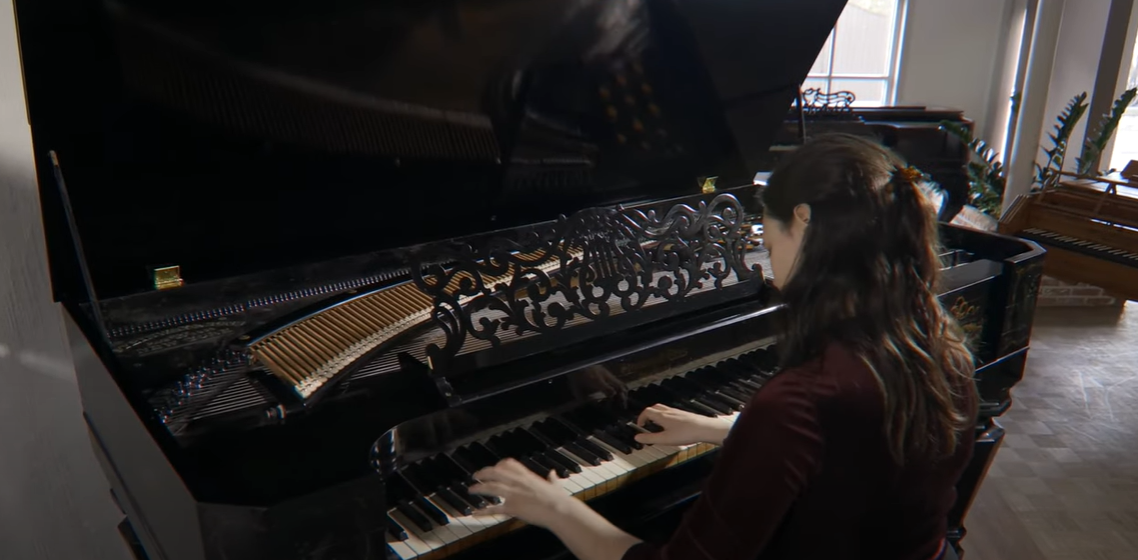
How do I find the value of my piano?
Finding the value of your piano requires a comprehensive evaluation of several factors. These include its make, model, age, condition, and market demand. Here are some steps to guide you in determining your piano’s value:
- Identify the Brand and Model: The manufacturer and model of your piano can significantly impact its value. Renowned brands like Steinway & Sons typically command higher prices.
- Determine the Age: As mentioned earlier, you can determine your piano’s age using the serial number. Older pianos, especially those from the ‘golden age,’ can be quite valuable if in good condition.
- Assess the Condition: The physical and mechanical condition of your piano plays a critical role in its valuation. This includes the state of the exterior finish, the soundboard, strings, hammers, and tuning pins.
- Consider the Market Demand: The value of your piano can also be influenced by the current demand and supply in the market. If there is a high demand for your piano model, its value could increase.
- Consult a Professional: For a precise evaluation, consider hiring a professional piano appraiser. They have the expertise to accurately assess the value of your piano based on all these parameters and the current market trends.
Remember, the value of a piano is subjective. While some may be willing to pay a premium for a vintage piece, others may not see the same value. Therefore, it’s crucial to find the right buyer who appreciates the worth of your piano.
Is a 20 year old piano still good?
Yes, a 20-year-old piano can still be in excellent condition and offer superior sound quality, given it has been properly cared for. Pianos are built to last and often improve in tonal quality as they age. However, the condition of a piano doesn’t solely depend on its age but also on factors such as its original build quality, the environment in which it’s kept, and its maintenance history. Regular tuning, controlled humidity, and professional cleaning can significantly extend a piano’s lifespan and maintain its sound quality. Therefore, a 20-year-old piano from a reputable manufacturer like Steinway & Sons, which has been well-maintained, can still be a great instrument. It’s always recommended to have a used piano checked by a professional piano technician to assess its condition and potential longevity.
What is the best year for a Steinway?
Determining the “best year” for a Steinway piano is primarily subjective and depends on individual preferences. However, many piano enthusiasts and collectors consider the late 19th and early 20th century—the period often referred to as the ‘golden age’ of piano making—as the pinnacle of Steinway’s craftsmanship. Particularly, Steinway pianos made between 1890 and 1940 are highly sought after for their exceptional build quality, superior sound, and intricate detailing. However, it is important to note that the quality of a piano is significantly impacted by its condition and maintenance. Even pianos built during this coveted period can lose their value if not adequately maintained. Conversely, a well-cared for Steinway from any era can provide a fantastic musical experience. Therefore, while historical context can provide some guidance, the “best year” for a Steinway ultimately depends on the individual instrument’s condition and sound quality.
What is the best era of Steinway?
The “best era” of Steinway is often considered to be the “Golden Age” which spans from the late 19th to the early 20th century. Particularly, Steinway pianos made between 1890 and 1940 are renowned for their exceptional craftsmanship, superior sound quality, and artistic detail. These instruments showcase the pinnacle of Steinway’s innovation and offer a timeless musical experience. However, it’s important to note that the condition and maintenance of a piano are crucial factors that can significantly influence its performance and value. A well-kept Steinway, regardless of its era, can still offer an outstanding musical experience. Therefore, while the “Golden Age” is esteemed for producing high-quality pianos, the “best era” largely depends on an individual instrument’s condition and sound quality, as well as the personal preference of the pianist.
Are old Steinway pianos good?
Yes, old Steinway pianos are generally considered to be excellent instruments. They’re often praised for their rich, resonant sound, precise action, and unrivaled craftsmanship. A Steinway piano built in the late 19th or early 20th century, particularly during the ‘golden age’ of piano making, holds a special appeal for many musicians and collectors due to their distinctive tonal quality and historical value. However, the condition of an old Steinway greatly impacts its performance and value. Proper care and maintenance are crucial for preserving the piano’s quality. If neglected, even the finest instrument can deteriorate over time. As such, it’s always recommended to have an old Steinway evaluated by a professional piano technician or appraiser to ensure its condition and authenticity. So, while age can be a positive attribute for a Steinway, it’s the piano’s current state that truly determines its worth.
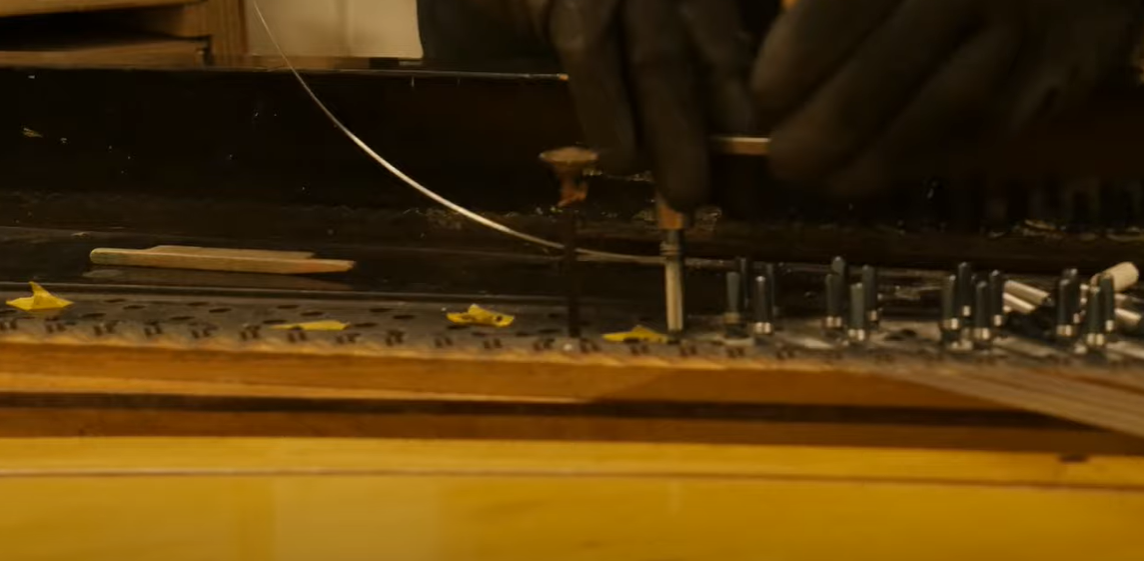
What can a serial number tell you?
A serial number on a Steinway piano can provide critical information about the piano’s history, including its age and production details. Steinway & Sons has assigned serial numbers to their pianos since 1856, enabling tracking of these instruments throughout their lifespan. Typically, the serial number can be found on the gold-colored harp inside the piano. By referencing this number against Steinway’s historical production records, it can reveal the year the piano was manufactured. It’s important to note that while the serial number can give you an idea of the piano’s age, it doesn’t necessarily reflect its condition or value, which depend on a variety of factors such as maintenance, use, and restoration.
What does a serial number show?
A serial number on a Steinway piano reveals several key details about the instrument. Firstly, it indicates the piano’s age, as Steinway & Sons have been consecutively numbering their instruments since they first started production in 1856. By cross-referencing the serial number with Steinway’s historical production records, the manufacturing year of the piano can be determined. Secondly, it can provide insights into the model type of the piano, as different models have different serial number ranges. Lastly, it can indicate the production location, since Steinway has factories in both Hamburg, Germany and Astoria, New York. However, keep in mind that while the serial number can present valuable historical information, it does not directly indicate the piano’s condition, its sound quality, or its current value. These factors largely depend on the piano’s maintenance, use, and restoration history.
How can I tell if my Steinway piano is real?
Authenticating a Steinway piano involves examining several key features. Firstly, look for the Steinway & Sons logo. It should be located on the fallboard (the key cover) and the soundboard. The font and design should match the official Steinway logo used during the piano’s manufacturing period. Secondly, check the serial number, found on the gold-colored harp inside the piano. Cross-reference this number with Steinway’s historical production records to verify the piano’s age and production details. Additionally, genuine Steinways have the serial number and the Steinway & Sons name cast into the piano’s plate. Lastly, consider the piano’s overall quality and craftsmanship. Steinway pianos are known for their exceptional build quality, superior sound, and intricate detailing. If you’re unsure, it’s recommended to enlist the help of a professional piano technician or appraiser for a thorough evaluation. Please note that while these steps can help identify a genuine Steinway, they cannot guarantee its condition or value.
Useful Video: The Rebirth of the Steinway Square Piano Serial Number 20232 (New York, 1869)
Conclusion
In conclusion, the value of a Steinway piano is determined by a multitude of factors, not solely its age or the era of its production. While the ‘Golden Age’ of Steinway does produce remarkable instruments, the overall condition, maintenance, and sound quality of the piano are paramount in evaluating its worth. The serial number serves as a useful tool to uncover the piano’s history and authenticity, providing insights into its age, production details, and model type. However, it doesn’t directly reflect the piano’s current value or sound quality. Hence, it is highly recommended to consult with a professional when evaluating a Steinway piano. Whether you’re a passionate pianist or a discerning collector, owning a Steinway, regardless of its age, should be about the unique joy and satisfaction it brings to your musical journey.
References:
- https://www.robertspianos.com/date-your-piano/steinway-piano-serial-numbers/
- https://www.steinwaypianos.com/service/serial-numbers
- https://www.lindebladpiano.com/blog/how-old-is-my-steinway-serial-number
- https://countrypiano.com/age-of-steinway-piano/
- https://www.digitalpianoreviewguide.com/value-of-pianos-by-serial-number/




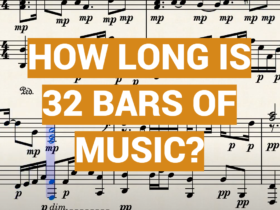
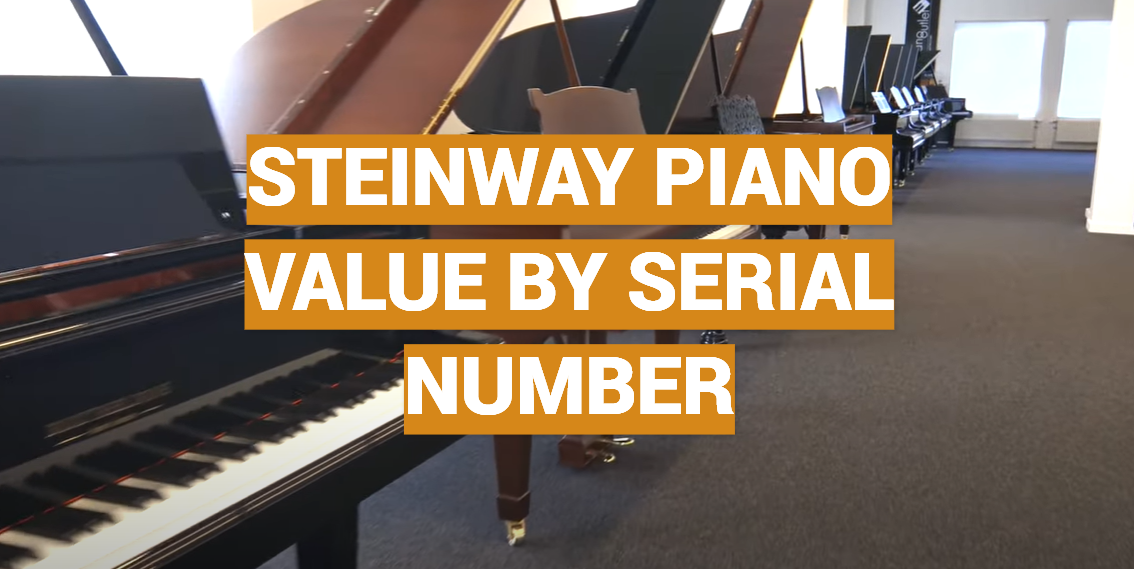
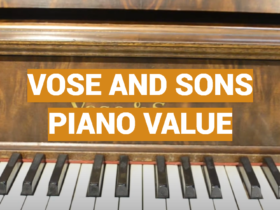
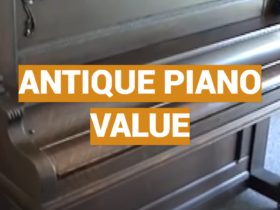
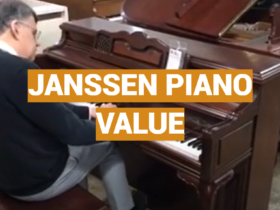
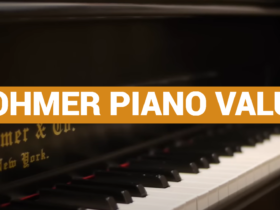
Leave a Reply